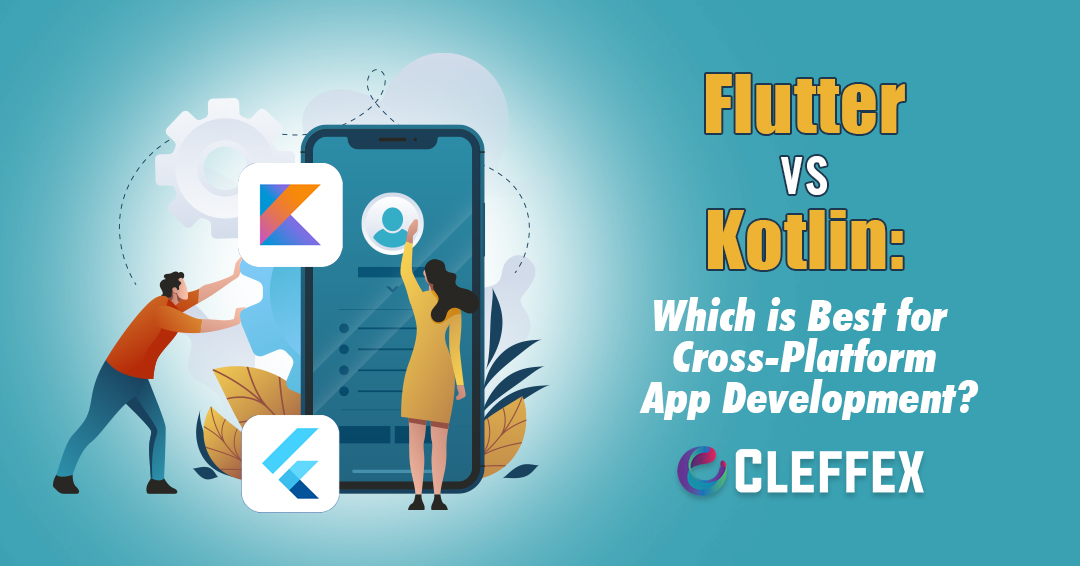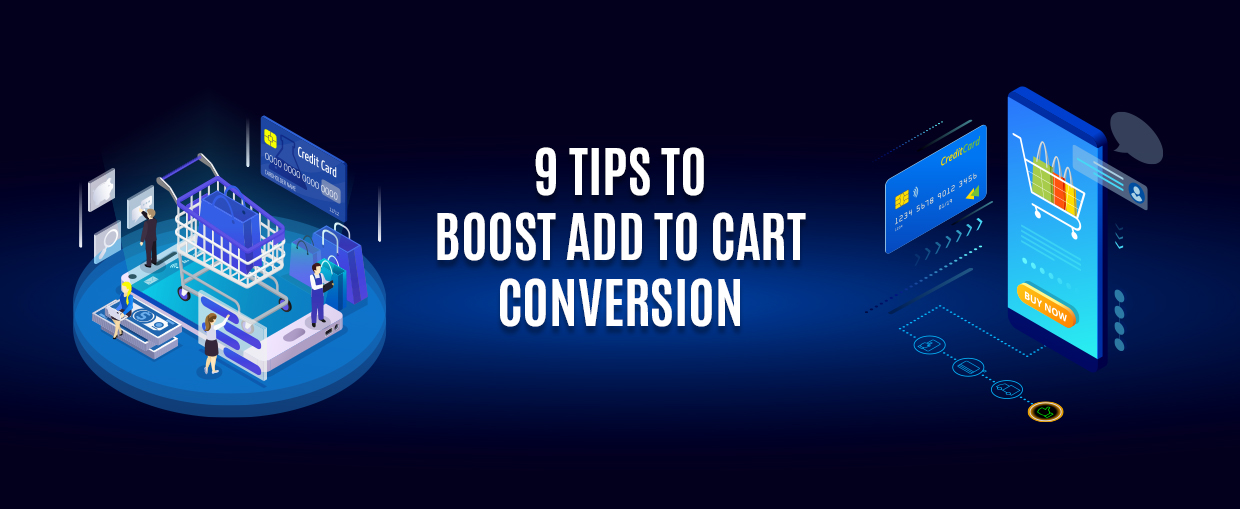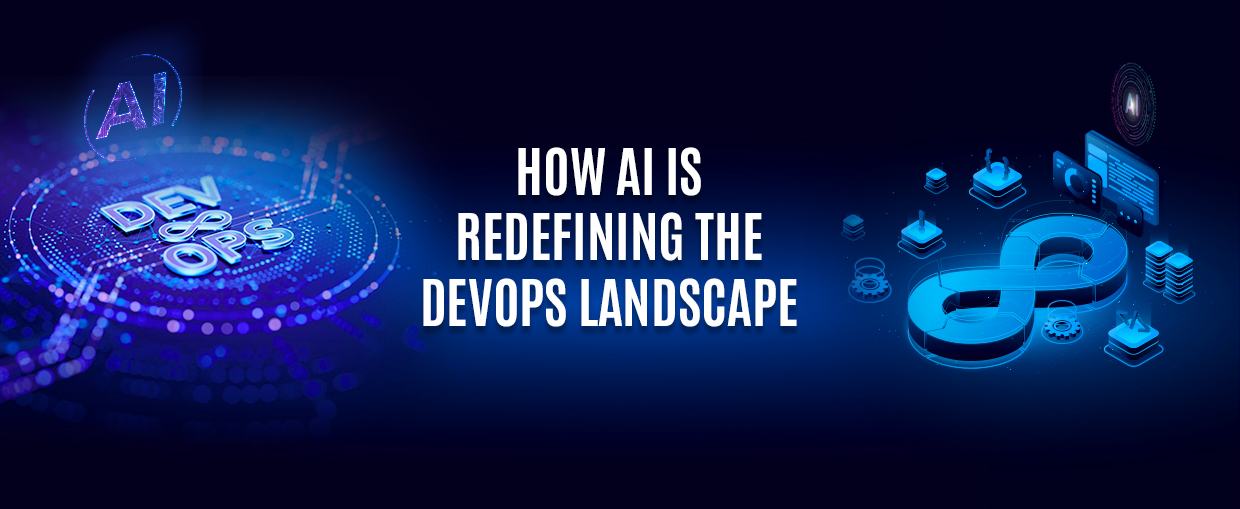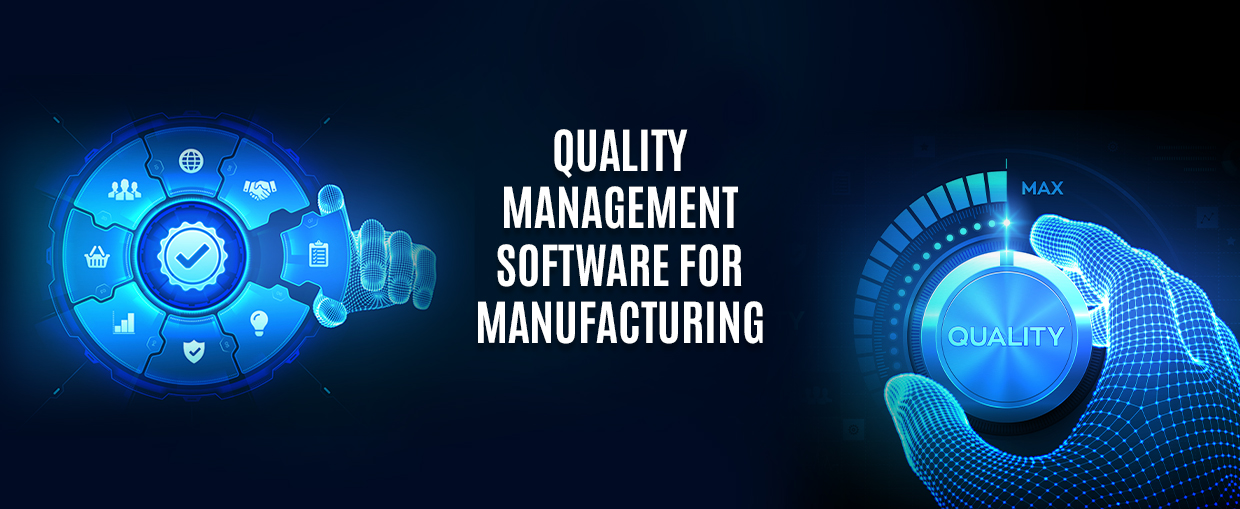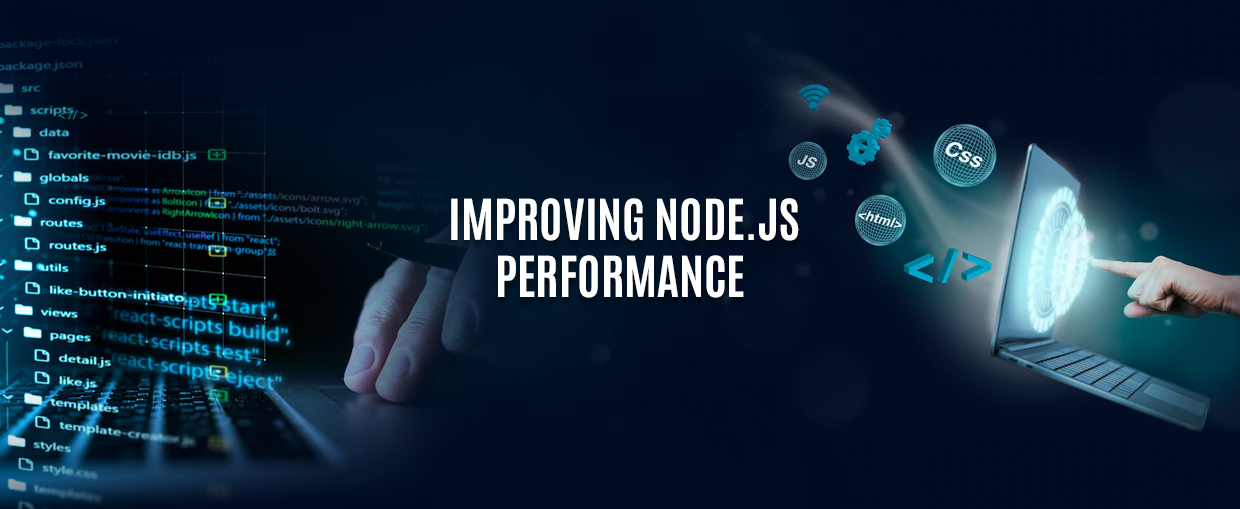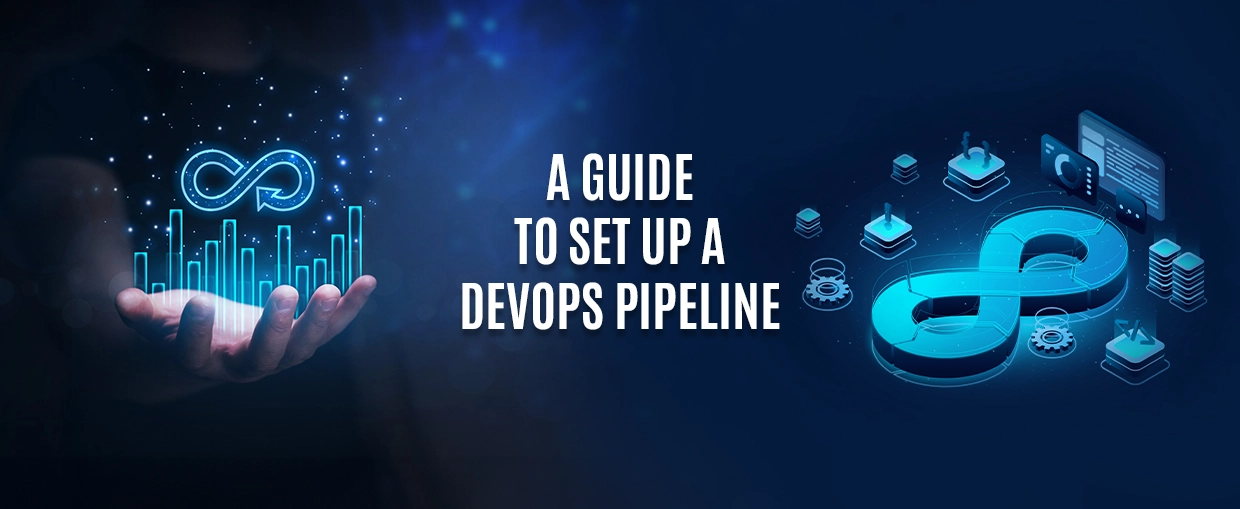Flutter vs Kotlin is a scenario that might prompt you to ask why cross platform app development is becoming so popular. As the name implies, it enables the operation of apps across several platforms, including iOS and Android. It assists businesses in reaching a bigger user base and generating significant earnings.
It’s easy to see why the finest cross-platform frameworks are getting greater attention, and new technologies are appearing more often, where Flutter app development was part of this.
However, a new programming language based on Java has grown in popularity over the last decade to the point that developers are taking notice.
Kotlin is that new open-source programming language. Many web developers are interested in the ongoing debates between the programming languages Flutter and Kotlin.
Kotlin app development, on the other hand, has recently gained a reputation for itself among developers.
Flutter and Kotlin are more relevant and of primary relevance to developers. To help readers make an educated decision on the best mobile app development platform, we will compare Flutter vs Kotlin, how they vary, and explore their features, benefits, and downsides.
So, before we go into their comparison, let’s first define cross-platform development and discuss the benefits of cross-platform development.
Cross Platform App Development: An Overview
Cross-platform development refers to the process of creating software solutions for several operating systems or software environments. Engineers and web developers employ a variety of approaches to adapt a single application or solution to a variety of settings and operating systems. Flutter app development and Kotlin app development are part of this.
The ultimate objective of cross-platform development is to create software applications that work effectively in a variety of digital settings. Functionality is widely explored to provide software solutions for several proprietary operating systems, such as Apple and Microsoft platforms. And the Flutter vs Kotlin scenario is one that stands prime in this.
Let us now look at the benefits of cross-platform development:
● Faster development time
● Launching the software solutions on several platforms at the same time
● Updates are made quickly and seamlessly
● It aids in reaching a large audience
● Cost-effective and faster return on investment
Now, let’s move on to what makes Flutter one of the greatest cross-platform frameworks, the benefits of Flutter app development, and which notable applications were developed with the Flutter framework.
Flutter: Definition
Flutter, Google’s newly released portable UI toolkit, enables web developers to design and construct beautiful, natively developed mobile, web, and desktop applications with a single codebase. Flutter is used by businesses all over the world to create flutter web apps that run on pre-written code.
Flutter is a free, open-source framework for creating apps with a native appearance and feel for iOS and Android using a single codebase.
Surprisingly, despite the fact that Flutter 3.0 was only published a few months ago, the momentum has not slowed. It improves with each new and sophisticated version released by the Flutter team. It just published Flutter 3.3, its most recent version.
Features
Flutter’s most notable features are as follows:
- Cross-Platform Development – It is one of the greatest frameworks for developing cross-platform apps. It allows the developer to write code once and run it across several platforms. It allows developers to save time, money, and effort.
- Widget Availability – Widgets are used to build customized, specialized designs. Flutter includes two sets of widgets for a bug-free experience across all platforms: Cupertino widgets and Material design.
- Minimal Code – Flutter uses JIT and AOT compilation techniques, as well as Dart language, to improve an app’s overall performance and quickness.
- Open-Source – The open-source Flutter framework can be used to create desktop and mobile applications.
- Hot Reloading – Using hot reload, we could see the changes made to the Flutter code immediately. This feature helps the developer to speedily fix bugs.
- Native Features – With this capacity, we can easily access the platform APIs, third-party integration, and Flutter native code.
- Flutter is one of the greatest cross-platform frameworks available today. In addition to the characteristics stated above, web developers may benefit from and use additional efficient Flutter app development features.
Benefits
Flutter distinguishes itself from its competition by a number of features. You’ll surely like working with this framework, which features the easy-to-learn Flutter language Dart and quick reload.
Let’s go through some of the most important advantages in further depth.
- Real-Time Output – Using the hot reload function, you may edit your code and see the changes in action as they happen. With hot reload, you may make changes to the backend and quickly view the changes on the frontend, minimizing the need to reload the entire programme.
- Ease of Use – The Flutter-Dart code combo is simple to use and quick to learn. You can create fully working apps with a lot less code. The Flutter framework’s 30-minute installation period allows you to start constructing your first Flutter application right away.
- Growing Popularity – Flutter garnered the most GitHub ratings of any cross-platform development platform, while Dart soon went to the top of the list of programming languages.
Cons
Nothing is perfect, and Flutter is no exception. The following are the most significant constraints you may encounter when using this framework:
- Larger App Sizes – For developers who work hard to design apps that don’t take up too much space on restricted Android and iOS devices, the size of Flutter-built apps is a challenge. There are some disadvantages to using Flutter. The Google app framework update team, on the other hand, should be able to remedy the issue.
- Not So Widely Accepted – Although developers love Flutter’s present structure, there aren’t enough tutorials and seminars accessible for budding programmers. However, the rapidly growing popularity of Flutter may soon render this disadvantage obsolete.
App Examples
The benefits of Flutter app development have been recognised by industry titans as well as small and medium-sized businesses. They used it in conjunction with the best Flutter DevTools to optimize app development.
The following are the top apps created using this Google UI framework:
- Dream11
- Google AdWords
- Go SpaceX
Alright, it’s time to learn about Kotlin.
Kotlin: Definition
Before we go into Kotlin Multiplatform versus Flutter, let’s define Kotlin. Kotlin is a programming language that is cross-platform and has open-source qualities. It’s also regarded as a general-purpose language. It is used wherever Java is used and runs on the JVM, eventually being known as statistically-typed language.
Kotlin may be used to build server-side programmes, Android applications, and much more. JetBrains produced Kotlin, which launched as a minor project in 2010. The initial release of Kotlin was announced in February 2016.
You might be wondering, based on the first line of this section, what Kotlin Multiplatform is.
Kotlin multiplatform is a capability that allows you to compile using JavaScript, LLVM code, and JVM bytecode. It is an experimental feature that allows you to create an iOS app and write code for an Android app.
Benefits
Kotlin includes a variety of intriguing features that distinguish it as one of the greatest cross-platform frameworks. Let us have a look at a few of them:
- Null Safety – Kotlin is a great language for null safety. The primary goal of this property is to eliminate NullPointerException in code.
- Smart Cast – The immutable values are typecast explicitly and automatically incorporated into their safe cast.
- Extension Function – Extension functions and attributes in Kotlin allow you to extend the functionality of classes without modifying their source code.
- Concise Nature – When utilizing the Kotlin language, developers may write less unneeded lines of code, eventually making the code shorter.
- Interoperable – With this feature, developers can rapidly invoke Java code, and Java code can likewise invoke Kotlin code.
- Tool-Friendly – Kotlin applications may be written using the command line or any Java IDE.
When comparing Flutter to Kotlin, we must consider both sides of the argument. As a result, in the next part, we’ll go over the benefits and drawbacks of Kotlin in the same way that we did for Flutter.
Benefits
Does Kotlin provide more chances for cross-platform development? Let’s go over the benefits of utilizing Kotlin before deciding which is better: Flutter vs Kotlin.
- Clean and Brief Code – Due to Kotlin’s basic syntax, your code is more concise and clear. When you spend less time generating fewer lines of code, you save time and money. Fewer bugs equals less code, which saves time and resources. As a result, Kotlin enables faster, easier, and more reliable app development.
- Secure and Stable – Your code base is lighter and simpler to understand, reducing defects early in the development phase and allowing for prompt discovery and correction of errors. Kotlin developers worked hard to improve on Java by creating one of the best mobile programming languages for Android. As a result, in some circumstances, Kotlin triumphs over Flutter in the Kotlin versus Flutter performance.
- Complements Java – Since it keeps many of Java’s object-oriented capabilities, it is straightforward to convert any existing Java code to Kotlin. Because of this compatibility, migrating from Java to Kotlin for apps is easier and faster. When picking between Flutter and Java when switching between technologies, the Kotlin advantage is incredibly useful, making it a superior choice in Flutter versus Kotlin for Android.
Cons
What are the disadvantages of Kotlin? Do they outweigh the benefits? Let’s look at the most often observed Kotlin limitations.
- Slow Compilation Speed – One significant disadvantage is that Kotlin takes longer to compile than Java. Although it is normally significantly slower, Kotlin can exceed Java in terms of compilation speed in certain instances. When comparing Flutter vs Kotlin performance, Kotlin performs a decent job of compiling incremental modifications but is still slower than modernist techniques like Flutter.
- More Expensive – Since the Kotlin SDK supports semi-native functionality, the cost of producing a mobile app has soared. Kotlin is a large programming language, particularly when it comes to generating MVPs and prototypes. Furthermore, because Kotlin is still a relatively new language, you’ll need to spend time training to educate your web developers on it.
App Examples
Kotlin has been used by several large corporations. So, let’s have a look at some of the top Kotlin-based applications:
- Netflix
- Swiggy
- Trello
Let’s get to the crux of this article: we’ll compare Flutter with Kotlin to see which is best for your next mobile app.
Flutter vs Kotlin: Comparison
Now let us compare Flutter with Kotlin to find which framework is ideal for cross-platform mobile development using various parameters.
1. Definition
- Flutter – It is a cross-platform mobile framework that provides designers and developers with the tools they need to create cutting-edge mobile apps for Android and iOS.
- Kotlin – Kotlin is a comprehensive statically typed programming language for Android, browsers, and JVMs. It also works well with Java.
2. Language Stack
- Flutter – It uses the Dart programming language to create mobile applications.
- Kotlin – It is a programming language for building apps that uses JVM, Native, Java, and JavaScript.
3. Performance
- Flutter – Since it is developed in Dart, there is no need for JavaScript Bridge to start with app interactions, resulting in exceptional performance.
- Kotlin – Its use of JavaScript and full Java compatibility slows the application’s speed.
4. Learning Curve
- Flutter – In order to create an app utilizing Flutter technology, developers must first learn Dart programming.
- Kotlin – As it is associated with Java, it is relatively easy to learn.
5. Technical Support
- Flutter – It contains a variety of testing options, including a widget testing tool.
- Kotlin – It primarily focuses on backend development and uses Firebase as a secure backend solution.
6. Documentation
- Flutter – Unlike Kotlin, we can obtain all of the information we need in one place because of its well-organized and informative documentation.
- Kotlin – Kotlin also has quite well-organized documentation. Because it is currently in development, its libraries are susceptible to change at any time.
7. App Size
- Flutter – The Flutter app is bigger.
- Kotlin – The Kotlin app is smaller than the Flutter app.
8. Options for Implementation
- Flutter – It may be used on desktop, web, and mobile devices.
- Kotlin – Like Flutter, it can be used on desktop, web, and mobile.
9. Third-Party Integrations
- Flutter – Since Flutter is a UI-based framework, it must be connected to the native environment via third-party tools and frameworks.
- Kotlin – It does not always necessitate the use of third-party libraries and tools.
10. Pricing
- Flutter – The Flutter system technologies and related libraries are free to use.
- Kotlin – It is also free, however because the Kotlin SDK only provides semi-native functionality, some additional costs may be incurred.
Flutter vs Kotlin – The Future of Mobile App Development
Eventually, you may be asking which of Flutter vs Kotlin is the greatest cross-platform framework and the future of mobile app development.
Let’s break this down just a little more!
Flutter is the best option if you want to build a commercial application or an ecommerce store.
Kotlin, on the other hand, is totally compatible with Java and is considered the advanced version of Java. Kotlin may be used in any large-scale or cross-platform project. It might be the solution if you wish to improve your backend programming abilities.
The remainder is up to you to choose between Flutter and Kotlin based on your project’s requirements.
However, a little more assistance is never a bad thing. It’s always a good idea to partner with a competent mobile app development company. They can assess your needs and goals and assist you in deciding between the best that suits your needs.

